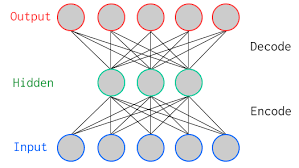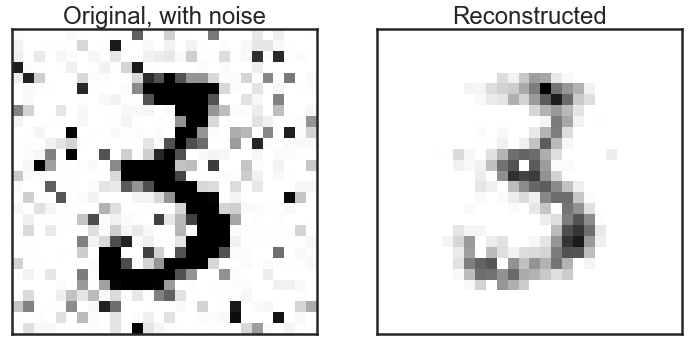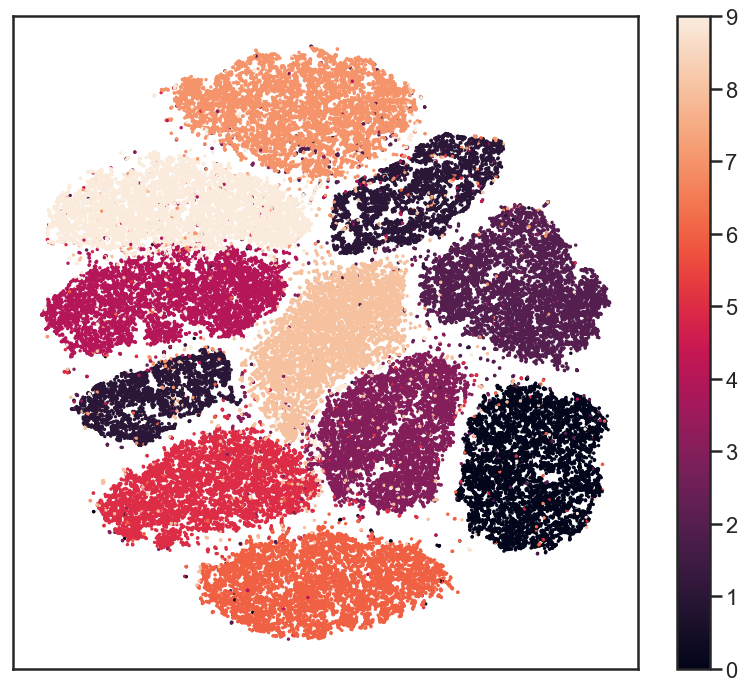It has almost been half a year now. My gig as an assistant professor of data science in population health is taking shape. So far: little teaching, lots of learning, and finding my place in a foreign land. Time for some reflection and some projection.
The Health Campus The Hague is an annex of the Leiden Univeristy Medical Center, where interdisciplinary research is done in the areas of population health management, syndemics, preventive healthcare and lifestyle. People with backgrounds in medicine, behavioral science, epidemiology, nutrition, mental health, data science and much more work together with partners from all over the geographical area of The Hague to lessen differences in health between people. There is no undergraduate education, but there is our Population Health Management MSc program of 2 years. It is a lively environment with a very diverse research agenda and lots of interaction. It’s a lot of fun to work there!
The research agenda is diverse. My research agenda is still fairly non-existent, though, and my only academic experience (astrophysics and learning analytics) is a little bit too far away from population health to be dubbed “relevant”. In essence, that’s not an issue. My direct colleagues and superiors are fine with me taking time to shape my own research agenda, and in the mean time I can flow along with other research projects going on around me. Help with data related skills is often wanted, so I don’t think I will get bored.
I started on a one-year temporary contract that, in case of sufficiency, will become a permanent contract after one year. I in fact already have gotten confirmation that the permanent extension has been approved, so that’s nice. In essence, this is very different from your standard tenure-track career of assistant professors. In the Netherlands it seems that nowadays a permanent contract (“tenure”) became easier, but that is completely unrelated to promotion to associate professorship. Fair enough, a permanent contract is great!
With my research agenda still in the making I also have, contrary to most people in an assistant professor role, no existing research agenda, no publication list, no network of collaborators and no grants to do anything with other people than myself, on my ideas. I can not hire my own graduate students or postdocs, have no travel funds and in fact not even funds for paper charges and those kind of silly things. This is interesting, as I can only shape my own line of research by myself (perhaps with MSc thesis students), as long as it doesn’t cost a thing.
But Marcel, you can just get your own grants? Well, in principle, yes. But. Let’s have a look at most funding agency schemes. First of all, many large grant schemes (here) have a maximum amount of time that you have after obtaining your PhD to get it. That is ages ago for me, of which I spend a decade doing non-academia, so all of those are off-limits. The ones that are available longer after your PhD are, if they can provide enough funds for hiring people, structured such that they basically only fit people who continue their own line of research. I need to build a consortium (typically about 30 people with expertise in the field or in adjacent fields relevant to the proposal), I need to list my N most relevant publications (of which I have zero) and I need to somehow convince them that I can do with the money what I promise to do (which, without any proof, will be extremely difficult).
Therefore, I must conclude that getting my own funds will be hard to impossible. Bummer. Surfing on the waves of others is what it is for me, money-wise. That also means that the work of “my” graduate students will be work in lines of research of others, again not building my own. It seems a bit of a mystery how this line of research is supposed to get shape, as not only do I need to do so alone, but a good part of my time will be spent, necessarily, on the research agendas of others!
And what to think of promotion to associate, let alone full, professorship at some point. Criteria like publication list length, h-index (what if I just publish papers in completely unrelated fields and build an h-index that way, does that count…?) and amount of acquired funding are not quite likely to put me in a reasonable position for any committee judging on my progression.
The Netherlands is trying to push the “Rewards and Recognition” agenda in which other skills/measures than the traditional academic ones (like mentioned) are evaluated to value academic personnel. To me, funding agencies and universities still have a very long way to go before this is properly implemented in all aspects of academic life. I have applied for positions in working groups and committees to work on this, but so far without results. “Diversity” is on their agendas, but it is mostly ethnicity, gender or orientation based, not career based. I’d love to change that, and will keep trying to move myself into position for that!













